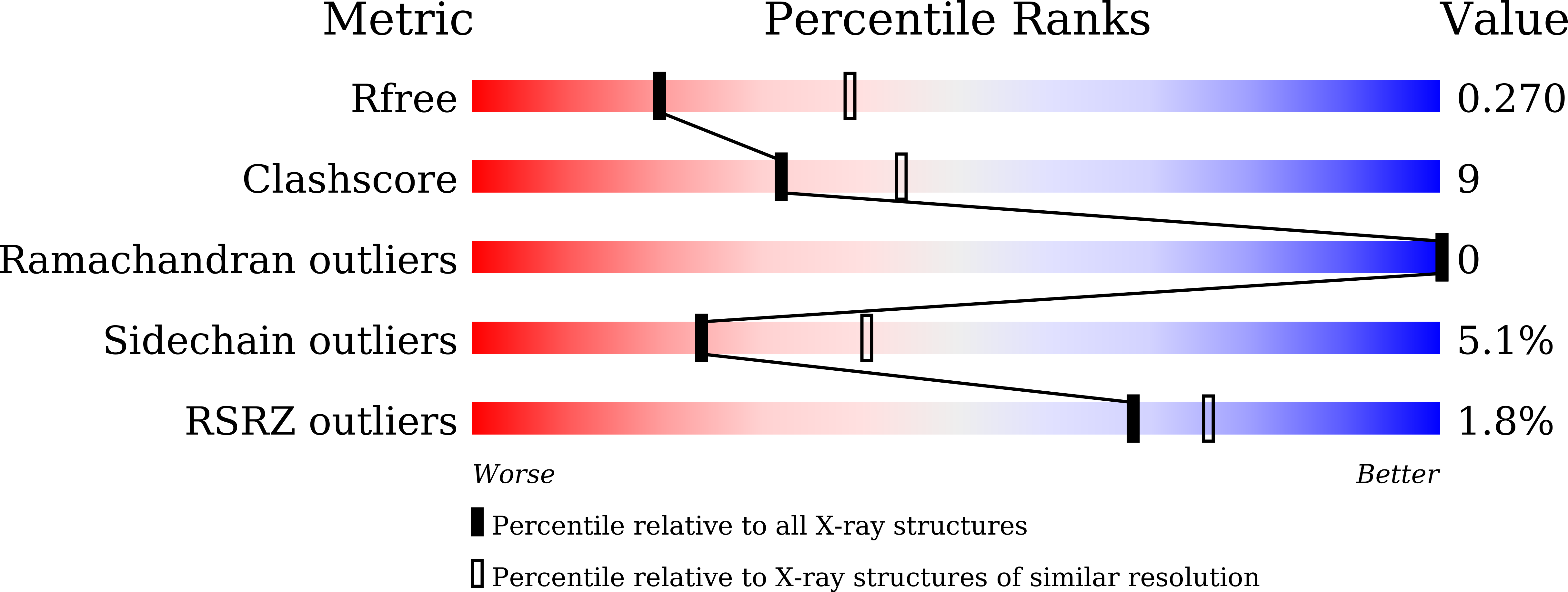Structural Basis for PPARs Activation by The Dual PPAR alpha / gamma Agonist Sanguinarine: A Unique Mode of Ligand Recognition.
Tian, S., Wang, R., Chen, S., He, J., Zheng, W., Li, Y.(2021) Molecules 26
- PubMed: 34641558
- DOI: https://doi.org/10.3390/molecules26196012
- Primary Citation of Related Structures:
7C6Q - PubMed Abstract:
Peroxisome proliferator-activated receptors (PPARs) play crucial roles in glucose and lipid metabolism and inflammation. Sanguinarine is a natural product that is isolated from Sanguinaria Canadensis, a potential therapeutic agent for intervention in chronic diseases. In this study, biochemical and cell-based promoter-reporter gene assays revealed that sanguinarine activated both PPARŽ┴ and PPARŽ├, and enhanced their transcriptional activity; thus, sanguinarine was identified as a dual agonist of PPARŽ┴/Ž├. Similar to fenofibrate, sanguinarine upregulates the expression of PPARŽ┴-target genes in hepatocytes. Sanguinarine also modulates the expression of key PPARŽ├-target genes and promotes adipocyte differentiation, but with a lower adipogenic activity compared with rosiglitazone. We report the crystal structure of sanguinarine bound to PPARŽ┴, which reveals a unique ligand-binding mode of sanguinarine, dissimilar to the classic Y-shaped binding pocket, which may represent a new pharmacophore that can be optimized for selectively targeting PPARŽ┴. Further structural and functional studies uncover the molecular basis for the selectivity of sanguinarine toward PPARŽ┴/Ž├ among all three PPARs. In summary, our study identifies a PPARŽ┴/Ž├ dual agonist with a unique ligand-binding mode, and provides a promising and viable novel template for the design of dual-targeting PPARs ligands.
Organizational Affiliation:
The State Key Laboratory of Cellular Stress Biology, Innovation Center for Cell Signaling Network, School of Life Sciences, Xiamen University, Xiamen 361005, China.
















